Today we’re going to look at the new Silverada Pearlescent Metallic Canvas from Breathing Color. As you’ll see, Breathing Color continues to outdo themselves when it comes to bringing the fine art printing community and industry exactly what they need to create top class prints easier and better than ever before.
This episode is brought to you by Squarespace, the all-in-one platform that makes it fast and easy to create your own professional website, portfolio or online store. For a free trial and 10% off, go to squarespace.com and use offer code MBP.
As I’ve mentioned in the past, the first look that I usually get of a new type of media that I’m looking at, is the printed patch sheet that I use to create the ICC Profile that I’ll use for all future prints to that media. For the sake of any new listeners, I print mainly with a Canon iPF6350 imagePROGRAF 24″ large format printer, so as you know, any profile that I create like this is specific to this printer and media combination.
I’m always excited to see this patch sheet come out of the printer, as you can learn a lot about a new type of media just from this. You can see right off the bat that Silverada Pearlescent Silver Metallic canvas has the incredibly rich colours that we’re used to from Breathing Color, but they have once again increased the gamut with this media.
The gamut of a media and printer combination is the range of colours that can be reproduced on that paper or canvas on a specific device. Although Breathing Color media always has a huge colour gamut, you generally still find a few areas that won’t just print without a little adjustment, especially with lots of yellow-greens in the image, like the one we’ll look at in a moment, but when I soft-proofed the image I printed for my gallery wrap there were no areas of the print that were out of gamut, and that’s incredible.
Remember that to easily soft-proof an image, if you use Adobe Lightroom, you can just go the Develop module and then his the S key on your keyboard, to enter the “soft-proof” mode. You then have to select the ICC profile in the pulldown, but if I’m loosing you here, I’ve already covered soft-proofing is Episodes 215 and 319, so we won’t go over that again today.
Image/Media Selection
When we print an image, we always have to consider what type of media we’ll select for a specific print, based on the image itself, and also where the image will be displayed. As you can see from the photo of the printed profile patch set, the pearlescent metallic properties of Silverada Canvas make it quite glossy and reflective, and this can cause problems if you intend to hang your print in a location with a bright light source in front of it.
Now, I have a location in my studio that I wanted to hang a print, in a dark corner that no window light shines directly into. I decided to print an image from Iceland last year to brighten up that corner of the room, and figured that the feel of the metallic canvas would give the image some luminance in that dark corner. I’ll give you a little more background shortly, but first, here’s a photo of the finished 20 x 30 inch Silverada gallery wrap, hung in my dark corner.
I purposefully didn’t shine any light onto the image, but I hope that you can tell from this photo that the resulting gallery wrap has a certain luminance that I wouldn’t have achieved in this dark corner without the subtle reflectiveness of the Silverada Canvas.
Conversely, here is the same gallery wrap hung in the middle of another wall where there is a window opposite and slightly to the right. You can see how much light the right side of the canvas is reflecting, and so I want to impress on you here the importance of selecting your media with your display location and image in mind. I would not select Silverada for this image in this location, although my Lyve and Crystalline Satin Canvas gallery wraps look great on this wall.
Of course, this doesn’t mean that you can’t use Silverada in a place with a light source opposite, you just have to select the right images to print. As an example, here are a couple of photos of black and white prints that I also made to test Silverada, and the metallic reflective surface here really helps to bring them to life.
It’s always difficult to really show how good a certain media is in photos, but I’m sure you will be able to appreciate the beautiful deep blacks that you can get, as well as the quality that the texture and reflectivity of the metallic canvas brings to the images, helping the lighter areas to really shine through in contrast to the deep blacks.
Let’s get back to my main gallery wrap test once more now though, with this photo in which you can once again see the texture in the surface of the canvas. This is taken at an angle of course, so the perspective of the photo itself runs out some, as does the depth-of-field, but if you click on the image to view it large you’ll see that the canvas really adds a beautiful texture and depth to the print.
Recap on the Process
I also wanted to give you a bit more information on actually working with the canvas to make your own gallery wraps. Note that from my 22 megapixel 5D Mark III files, I had to upsize the image by around 160% using onOne Software’s Perfect Resize 8, to give me a beautifully detailed large prints. I’ll be talking about Perfect Resize a little more in the coming weeks, as I review a new online print service that I’m working with at the moment, so stay tuned for that.
One of the great things about Silverada is that it doesn’t need laminating. You can laminate it with an HVLP spray gun, and this will increase the durability and longevity of the print, but with Silverada already being OBA Free, which means that it contains no Optical Brightening Agents that can shorten the longevity of media, so it’s pretty much archival, though I understand that tests are still being done.
Again, I’ll go into more detail on this in the coming weeks, but note that I also use onOne Software’s Perfect Resize because it not only enables me to easily upsize the image for large prints, but it can automatically create the mirrored borders required for these edges of the gallery wrap. It might take a bit of concentration to figure out what you’re looking at, but you can see in this image (below) that the edges of the photo have been mirrored and added to a 1.85″ border around the edges of the image in preparation for printing. This saves me from losing the edges of the actual image.
Once printed, all you have to do is build your frame and fix it to the back of the canvas. I did a time-lapse video a couple of years ago in Episode 303 that shows you how to actually put a canvas gallery wrap together, so I won’t go through this again today, but do note that I am now stapling the backs of my gallery wraps, as opposed to trimming the surplus away as I used to do.
Silverada is not as stiff as the Crystalline Canvas that I reviewed in Episode 380 of this Podcast, so you could probably get away with simply trimming away the edges of the canvas along the back edge of the stretcher bars, but since I started to staple the backs of my gallery wraps, I think this is generally a nicer way to complete the product, and does guard against the canvas coming away from the adhesive tape over time, so I’ve continued to do this with Silverada, as you can see in this photo.
You can also see how neatly the corners are finished when using the Breathing Color stretcher bars. I use the EasyWrappe Pro 1.75-inch bars, and as I mentioned earlier, this is a 20 x 30 inch gallery wrap. To create a 20 x 30 inch wrap on a 24″ wide roll media printer, you don’t have a lot of space on the sides to work with once you’ve added those almost 2″ borders, so as you can also see here, there’s only a little bit of canvas to staple to the back, but it works fine.
You can see that I also just attach a small metal bracket to either side of my gallery wraps, and then tie some string between the brackets to hang the gallery wrap. I buy this from an art/craft shop here in Tokyo called Sekaido, but I’m sure you can find something similar in your neighbourhood too.
Conclusion
So, to wrap this up, I’d just like to summarise that although you do have to be careful what you print, and where you’ll hang a Silverada Pearlescent Metallic Canvas gallery wrap, it’s an absolutely incredible canvas. The huge colour gamut and depth and richness of the colors are second to none, and the Breathing Color EasyWrappe system makes putting these beautiful finished products together a breeze.
Remember, if you decide to look into the Breathing Color gallery wrap system or pick up any of their other media, you can get a $20 with our code MPB20. You can even just pick up one of their sample packs to see why I am totally in love with Breathing Color products. Since I switched to Breathing Color almost four years ago now, I’ve basically stopped using media from any other manufacturer, although I used a lot up to that point, so I have a great base to make my comparisons from.
 This Podcast is Sponsored by Squarespace
This Podcast is Sponsored by Squarespace
The Martin Bailey Photography Podcast is proud to have Squarespace on board as our current sponsor.
Visit www.squarespace.com and use the code MBP for a free trial and 10% off new accounts.
Show Notes
Check out Breathing Color here: http://www.breathingcolor.com/
(And don’t forget to claim your $20 discount with our code MBP20!)
Music by UniqueTracks
Subscribe in iTunes for Enhanced Podcasts delivered automatically to your computer.
Download this Podcast in MP3 format (Audio Only).
Download this Podcast in Enhanced Podcast M4A format. This requires Apple iTunes or Quicktime to view/listen.

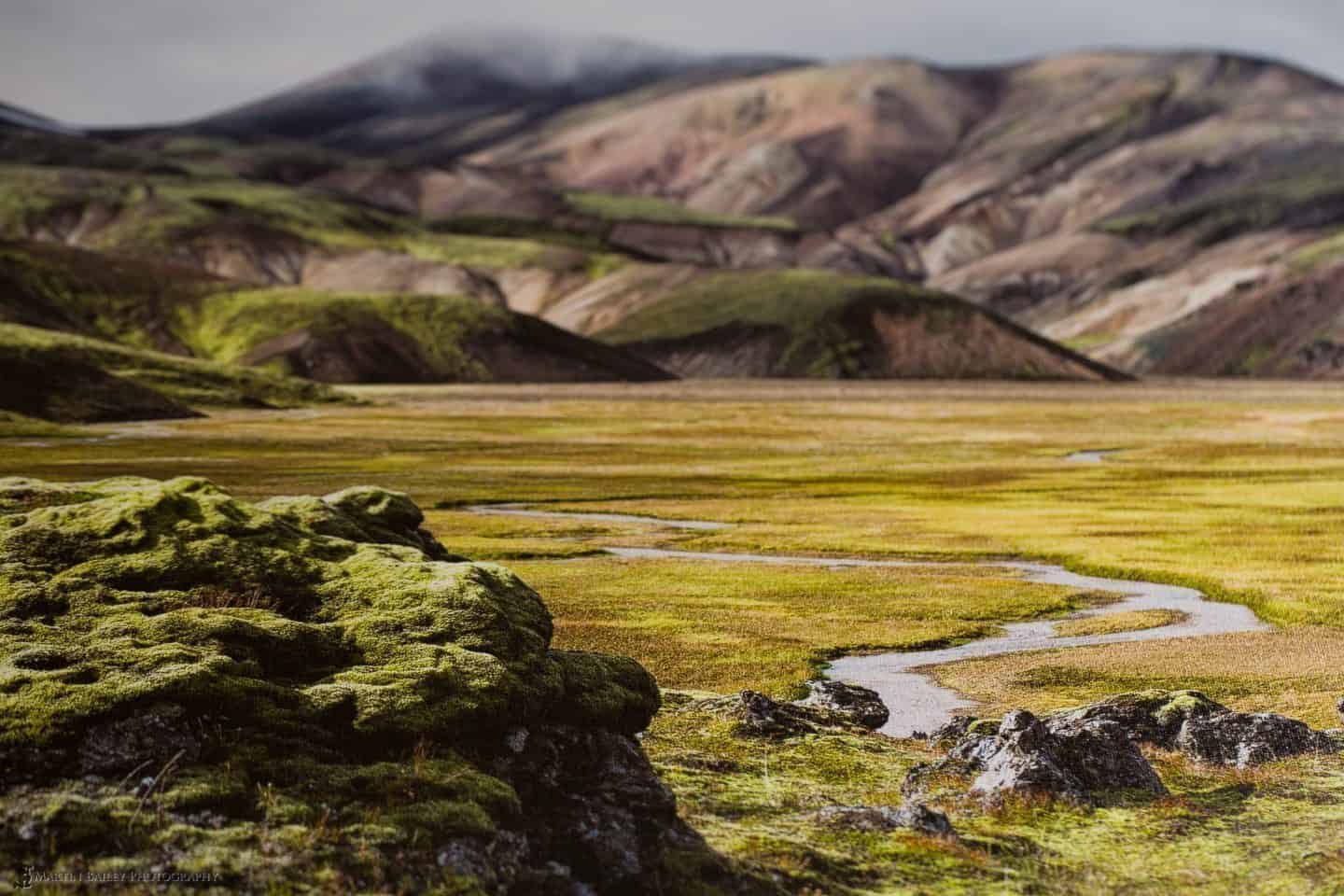


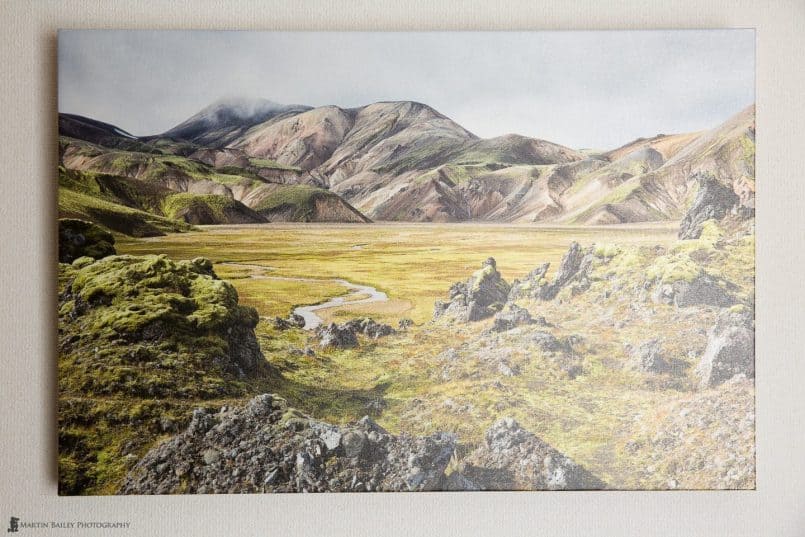

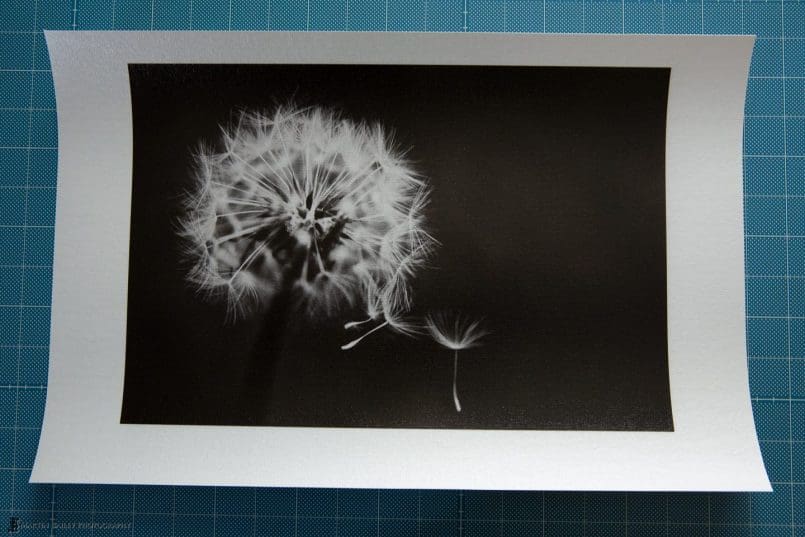
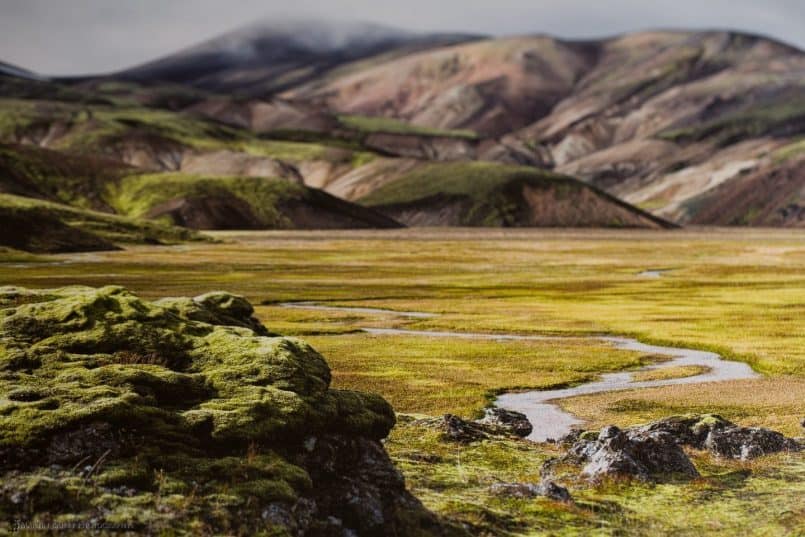
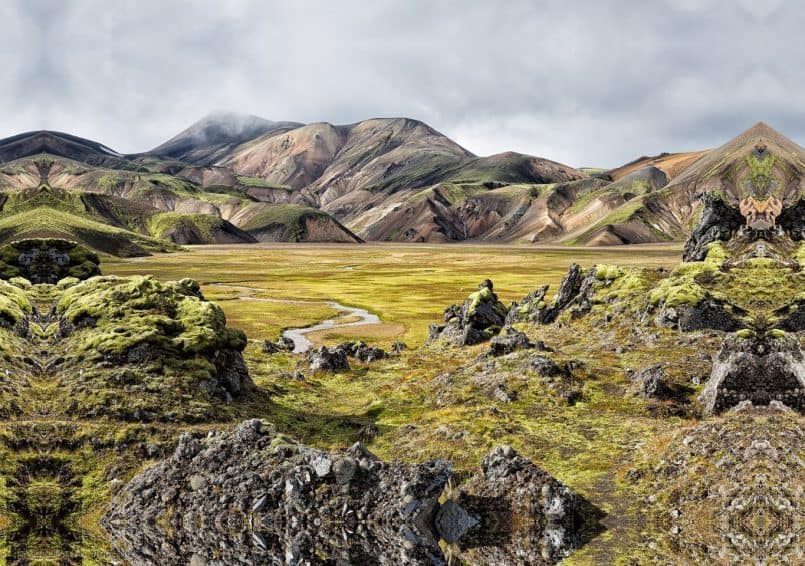
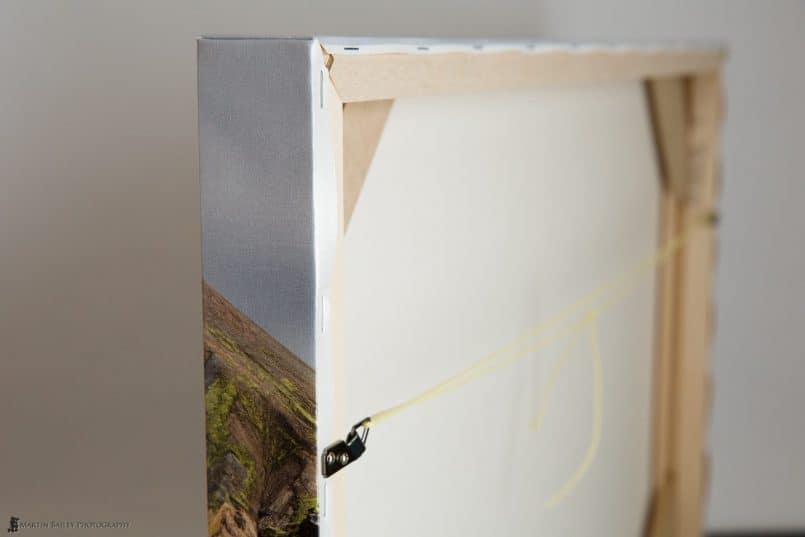

0 Comments